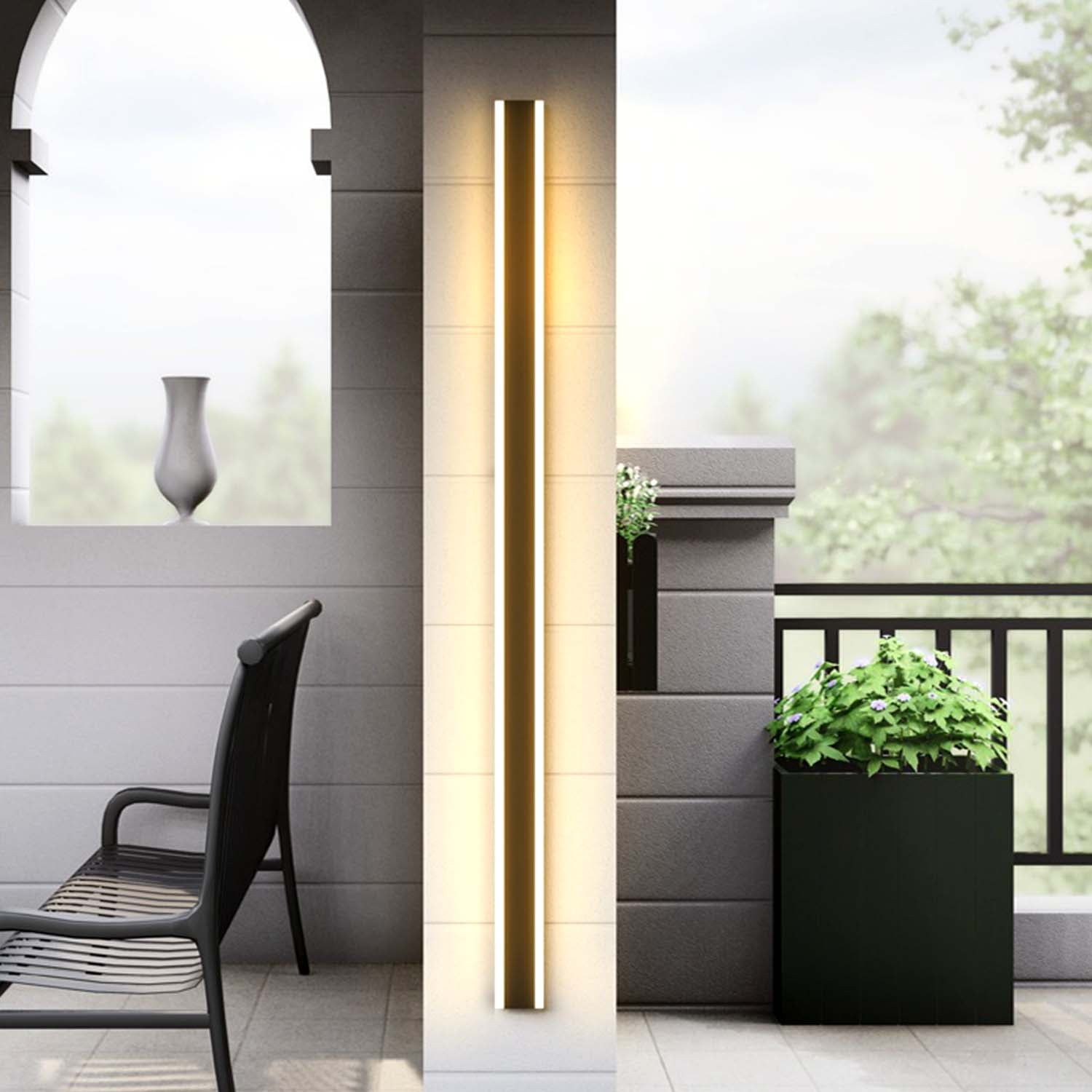LED display units have secured popularity for their capacity to deliver high-quality imagery in multiple settings, from corporate environments to event venues. One of the primary aspects of these systems is their connectivity options, which allow users to connect them to different devices and systems. Understanding the broad connectivity options available for LED wall panels is vital for enhancing their use and effectiveness. This discussion details these features, showcasing how they can adapt to specific needs and preferences.

One common interface method for LED wall panels is High-Definition Multimedia Interface. High-Definition Multimedia Interface is widely known for delivering high-quality video and audio signals between components. This connection type is particularly beneficial in business settings, such as conference rooms or classrooms, where visual content or video content are often displayed. By using HDMI cables, users can seamlessly connect laptops, projectors, and streaming devices to LED wall panels, guaranteeing a clear and vibrant presentation of media.
Another popular connectivity method is Display Port, which is similar to HDMI but offers additional benefits. Display Port can support elevated refresh rates and resolutions, making it an ideal choice for gaming or graphic-intensive applications. For those using Light Emitting Diode wall panels in settings where performance is critical, such as competitive gaming venues or creative workspaces, DisplayPort can provide the necessary visual quality. Moreover, many contemporary computers and graphics cards feature DisplayPort connections, making it a convenient solution for technology-oriented professionals.
In contrast to HDMI and DisplayPort, cordless connectivity methods are becoming increasingly prevalent in LED wall panel solutions. Cable-free connections allow operators to share content without the requirement for physical cables, enabling a cleaner and more adaptable configuration. Platforms such as wireless internet and Bluetooth enable users to connect smartphones, tablets, and laptops directly to Luminescent Diode wall panels without tangled wires. This versatility is particularly beneficial in fast-paced environments like trade shows or events, where quick adjustments to displays are often required.
For extensive deployments or more intricate setups, LAN integration through Ethernet is another reliable solution. Wired links provide a consistent and robust way to integrate multiple LED wall panels within a network. This setup is ideal for digital signage use cases found in retail centers or transport hubs, where numerous panels may need to display synchronized content across a wide area. By using Ethernet cables and network switches, users can ensure that all connected panels receive consistent data and content efficiently.
Finally, it's crucial to evaluate the evolution of try this site interface technology with advancements such as Universal Serial Bus-C and Thunderbolt Three. These next-generation connection types offer enhanced data transfer rates and flexibility by allowing one connector to handle both energy transfer and data exchange. As more systems incorporate these protocols, Light Emitting Diode wall panels equipped with Type-C ports will likely become more prevalent. This evolution in integration not only improves the capabilities of Luminescent Diode wall panels but also coincides with the emerging trend of minimalistic design in hardware arrangements by minimizing the number of click here to read wires required.
In summary, examining the diverse connectivity methods accessible for Light Emitting Diode wall panels uncovers many opportunities for operators across multiple industries. From conventional approaches like HDMI and DisplayPort to modern wireless solutions and LAN setups, each pathway serves specific functions suited to distinct needs. Furthermore, emerging technologies like USB-C offer further advancements in how users interact with LED wall panels. By grasping these integration alternatives, end-users can make strategic selections that optimize their overall engagement with these multifunctional display tools.